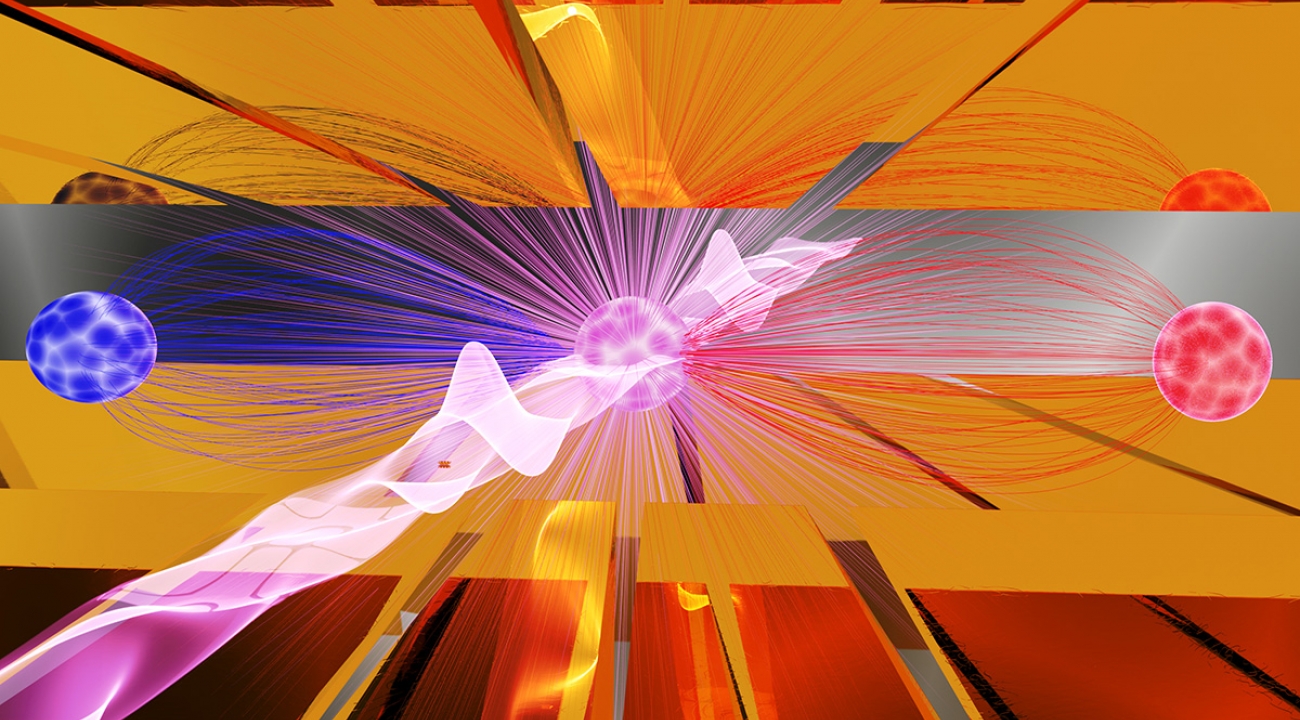- Details
-
Category: Department News
-
Published: Tuesday, October 03 2017 06:00
Professor Emeritus Charles Misner, long an expert in the study of gravity, spent a week in 2017 at the University of Cambridge as an invited participant in the celebration of Stephen Hawking's 75th birthday. Prof. Misner's daughter Benedicte, who has known Stephen and Jane Hawking since she was a school girl near their home 50 years ago, joined in the festivities.
At a conference called Gravity2017 at the University of British Columbia in Vancouver, Prof. Misner gave two short invited talks. One was mostly on the early history as the black hole concept was beginning to gel, and one was on the question of what the Einstein equations might believably tell us about spacetime inside black holes.
The third project was writing (with Kip Thorne) an introduction to the forthcoming republication of their 1973 textbook, Gravitation. After a long life, unrevised but always in print, this classic work was dropped by a publisher who had acquired it after many publishing mergers and acquisitions and mistakenly only advertised it in their Chemistry catalog. Princeton University Press then obtained rights to the book (popularly called “MTW”, after its authors Misner, Thorne and John Archibald Wheeler) and will reprint it as a $60 cloth bound volume on October 24.
Prof. Misner was also quoted in Nature on the 2017 Nobel Prize announcement. His student Richard Isaacson (Ph.D., 1967), was noted as an "unsung hero" of LIGO, along with Joe Weber and Alessandra Buonanno, in a separate article in Nature.
CMNS has posted video from the UMD Gravitational Waves event on November 1, 2016.
The American Institute of Physics has interviewed Misner for its oral history collection:
https://www.aip.org/history-programs/niels-bohr-library/oral-histories/33697
https://www.aip.org/history-programs/niels-bohr-library/oral-histories/46734
Misner and his wife Susanne donated correspondence from Stephen Hawking to endow the Weber Fund: https://umdphysics.umd.edu/about-us/news/department-news/1463-letters-from-a-science-giant.html
